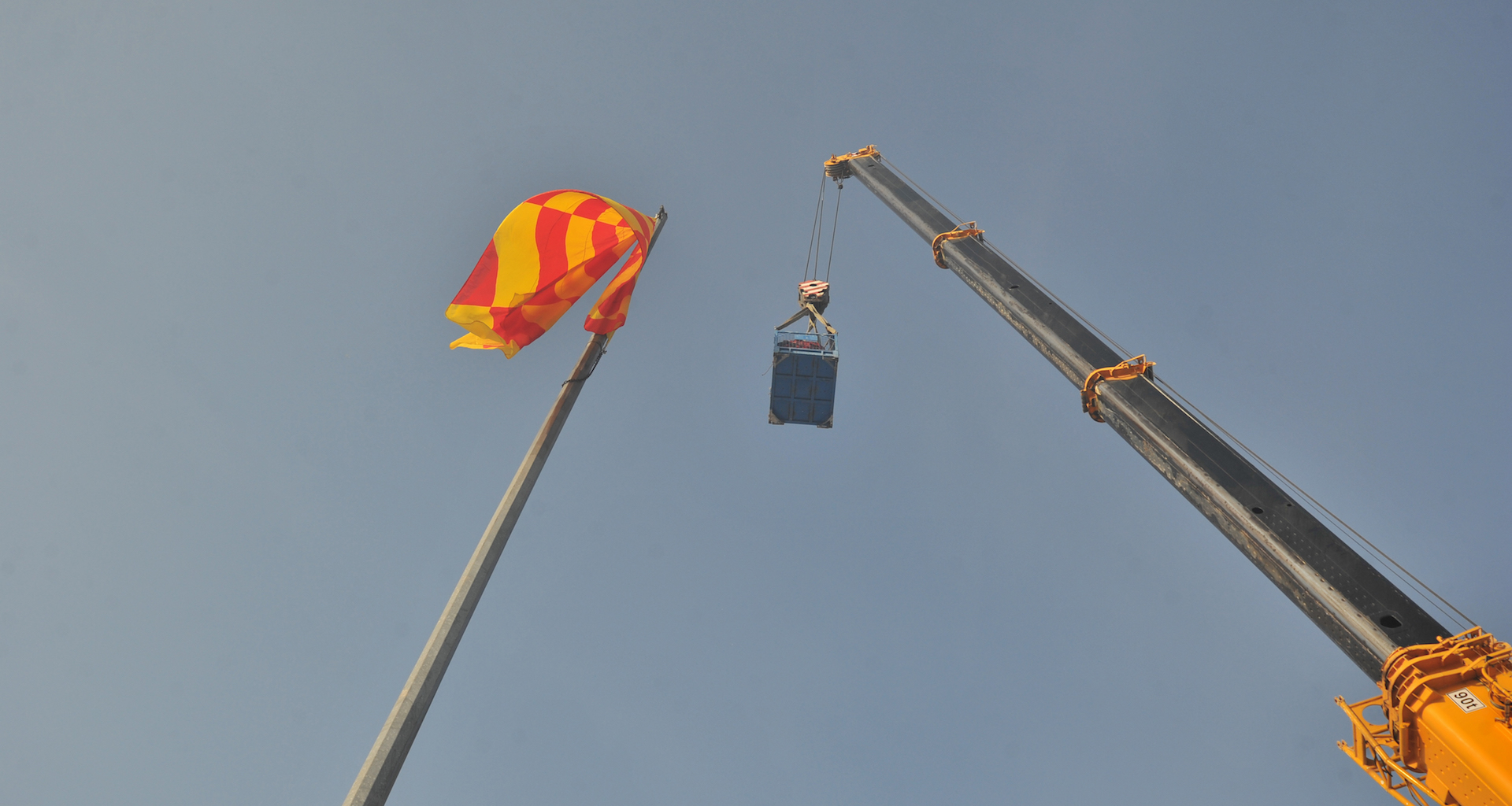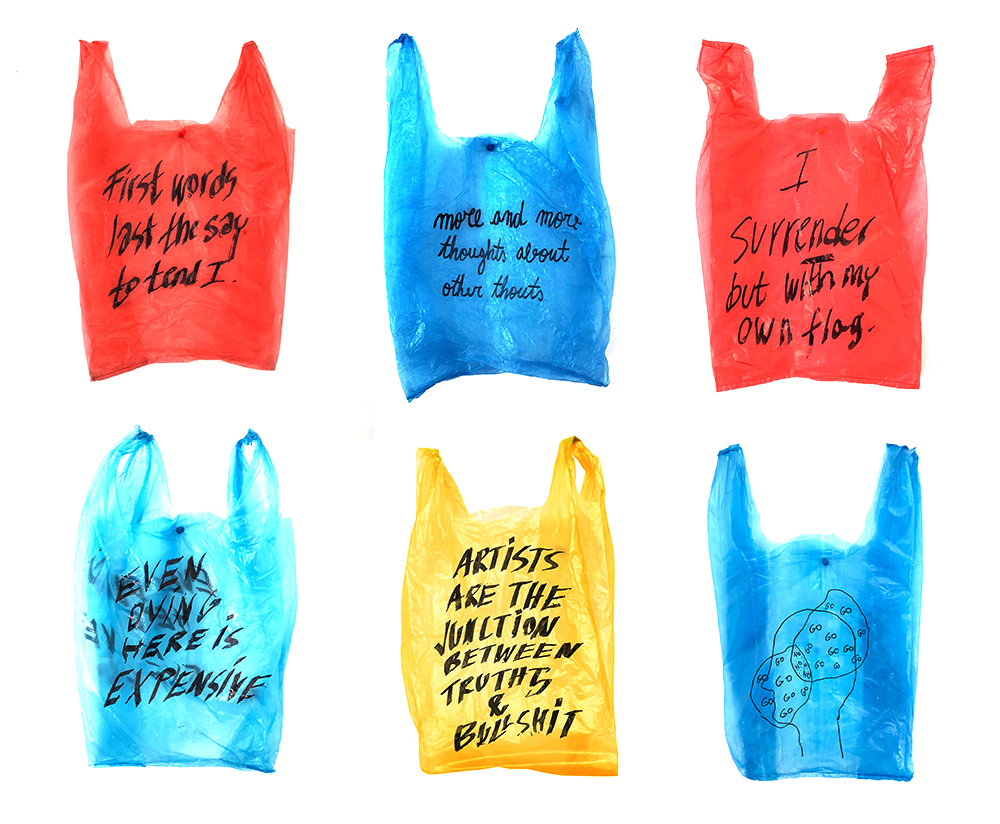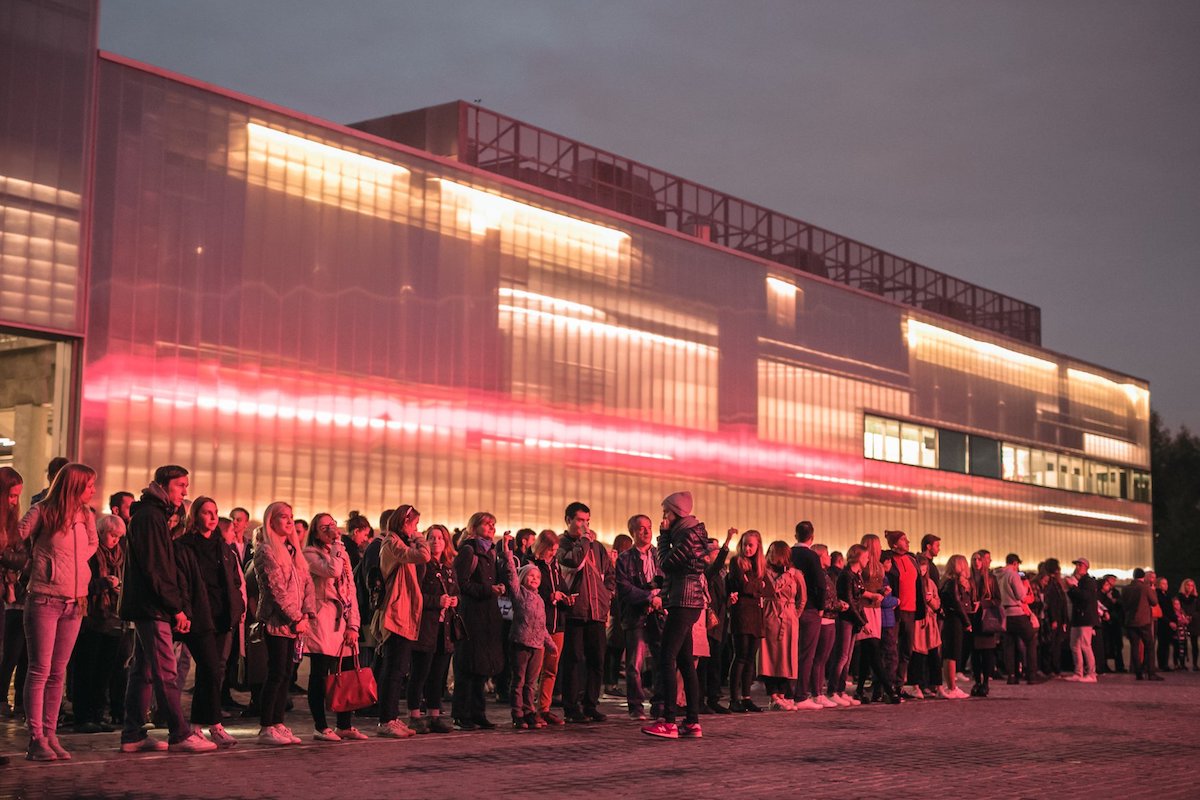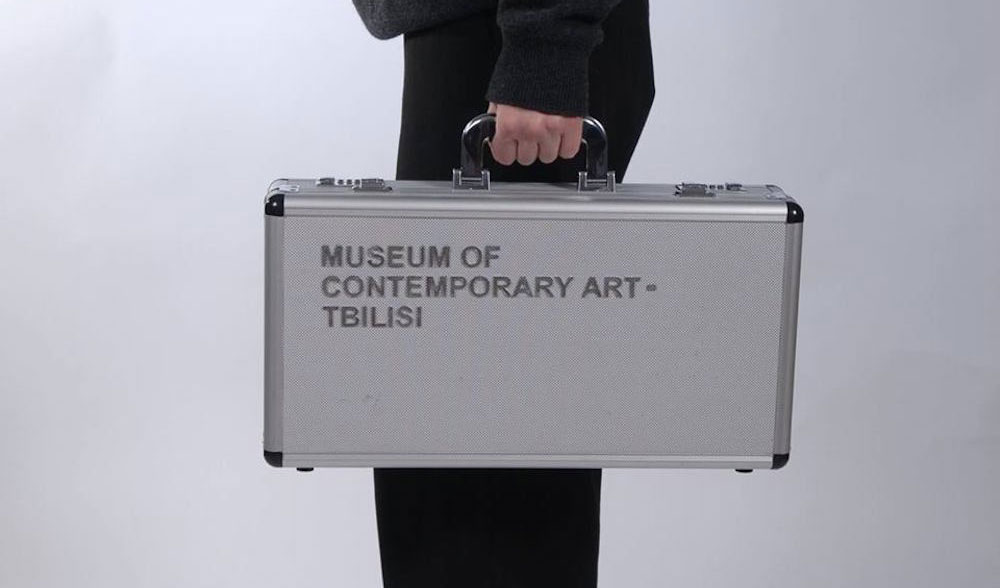Conceptual artist Driton Selmani is taking his work to the streets of Kosovo
In Kosovo, Europe’s youngest country, issues of identity and the legacy of armed conflict are hard to escape. With his trademark playful approach, conceptual artist Driton Selmani is tackling them head on
A few years ago, Kosovar artist Driton Selmani realised his country always seemed to be absent from maps: when it came to ordering goods on Amazon, for instance, or when he bought online plane tickets. This observation became the inspiration for his resulting work, Tell me where I am from? (2012) in which he asked his international friends — from Brazil, Cyprus, and the UK — to draw Kosovo without looking at any existing maps. The resulting sketches were both amusing and telling, capturing something of the transitional nature of a country that has long been contested and “othered” on the European periphery. Selmani himself describes this work as “a map of no map” — and it remains as fresh today as it was seven years ago.
Identity and a memory of conflict define much of contemporary Kosovar art, and Selmani is no exception. The 31-year-old was born in the Kosovar town of Ferizaj, and his life has spanned the collapse of Yugoslavia and the brutal violence that broke out in 1998 between Kosovar Albanian rebels and the Serbian army, which led to NATO’s bombing of Serbia and, eventually, Kosovo’s declaration of independence in 2008.
Selmani’s 2012 work They say you can’t hold two watermelons in one hand. Image: Blerim Racaj
In Selmani’s case, the isolation of the conflict-ridden 1990s and a systematic lack of opportunity as he was growing up meant creative improvisation became part of his make-up. Imagination became an essential survival strategy, and he recalls his parents being forced to come up with new ideas to support the family. This legacy of coping despite the odds is one of Selmani’s greatest artistic strengths.
Kosovo is now Europe’s youngest nation, and still unrecognised by some countries, not least neighbouring Serbia. As such, Kosovo has been marked by shifting modes of space and control, and, for the artistic community, the issue of what it means to be newly independent is unavoidable. Selmani’s artworks, distilled and minimalistic, conjure illustrations of this endeavour to fix a sense of identity. “I like to see the identity issue as an apple. If you buy it, it will have one taste. If you plant it and watch it grow, it will taste different, even though it may have come from the same tree as the first one,” he says in an interview over email.
Selmani’s output includes drawings, graphics, installations, and videos, often in combination. While all his works are plays on identity and contemporary reality, some are more subtle than others. For example, his Love Letters (2018) uses plastic bags. “I decided to collect each one I would get from my daily shopping and make a furtive note on it,” Selmani explains. Whether these messages are confessions or declarations of nonsense, they turn disposable everyday objects into vibrant memos.
But the question of identity intrigued Selmani to the point where producing objects no longer sufficed: to defy old conventions and push new interpretative frameworks, he says he needed to get out there and make some noise. This has turned his radical art into public intervention. The ritual of appearing and disappearing on the public stage, Selmani says, is essential for art to fulfil its social role. One of the most striking examples of this work is a lifejacket he placed on a statue of singer Domenico Modugno in Italy’s coastal town of Polignano a Mare. He named the result Wanderlust, and it emerges as an act of solidarity with migrants embarking on their often deadly journeys to Europe. “I see the public sphere as a sort of second home,” he explains.
But last year, as Kosovo marked the 10th anniversary of independence, he decided to step things up. He says he returned home from a trip to the Netherlands and realised how delicately the political situation was balanced; how ripe it was for an artistic intervention.
His next stunt would require not just haste, but bravery. The plan was to replace a giant Albanian flag, flying in the middle of a roundabout on the outskirts of Kosovar capital Pristina, with an offside flag, used by referees in football. The same roundabout had already been a site of contested identities: in 2008, Vetevendosje (literally “self-determination”) — a political party pushing for Kosovo to merge with Albania — had replaced a Kosovar flag with an Albanian one.
Being both Albanian and Kosovar, Selmani felt he was obliged to propose an alternative to symbols that act as mutually exclusive markers of identity. While independence was met with euphoria in 2008, many young people today are disillusioned with the government and what it has achieved — and may no longer see things in black and white. Selmani decided to take down the Albanian flag. “I woke up at 5am and left a note to my wife saying I might not be back until the next day,” he says, describing the beginning of the stunt, which he would call Red Tape (2018). Out in the cold, a team of 10 hired helpers were waiting. Selmani knew this piece of civic art would raise eyebrows and says he remembers fearing he would become an anti-hero; some sort of controversial public figure who had attacked his country’s national identity. “If you bite someone, you know that they will bite you back,” he says.
The question of identity intrigued Selmani to the point where producing objects no longer sufficed: to defy old conventions and push new interpretative frameworks, he needed to get out there and make some noise
But the stunt was successful. Within hours, as the news of the flag-swap went viral, Selmani was arrested on live TV and later fined €200. The artist’s moment of public dissent left people shocked, but he did not become the anti-hero he feared. Flags, it turns out, are appropriate metaphors for Kosovo’s struggle for self-determination: “flags are nothing but an image of the real… The offside one stands for despair, feelings of exclusion, and a lack of pride in the state, its institutions and symbols.”
Wanderlust (2016)
Perhaps one reason Selmani escaped vilification was his humour. Indeed, all his works involve an element of playfulness. He cites American-French painter Marcel Duchamp when asked about how he uses jokes. Duchamp, he says, “considered humour as fundamental for those taking themselves too seriously… [it] allows for self-contradiction and mental flexibility.” This willingness to mock is pursued as part of an ongoing dialogue in Selmani’s art: between hope and fear, freedom and responsibility, the mundane and the uncommon, and the private and the public.
Selmani makes the claim that an artist should be a “socially conscious citizen who marks the junction between truth and bullshit” — and there is undoubtedly plenty of scope for such a role as Kosovo continues to carve out its own identity. He vows to keep making conceptual art as long as there are myths to debunk, and new truths to be teased out.
Top image: Selmani’s 2018 stunt Red tape, photographed by Atdhe Mulla.



